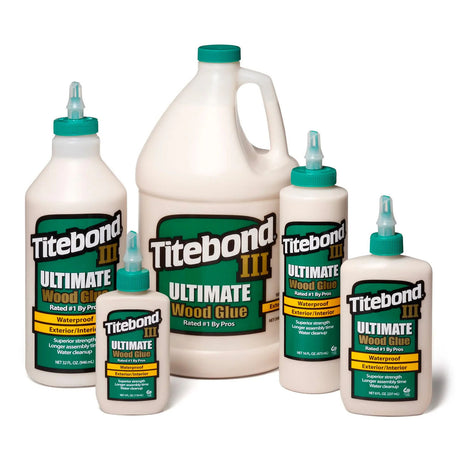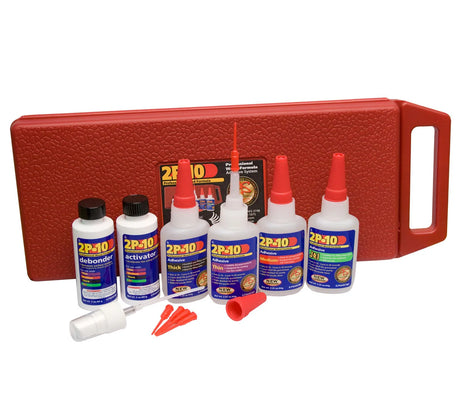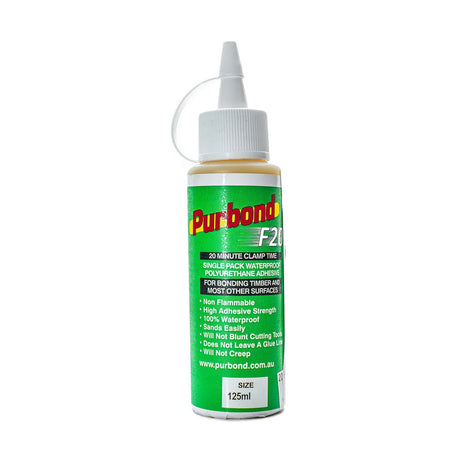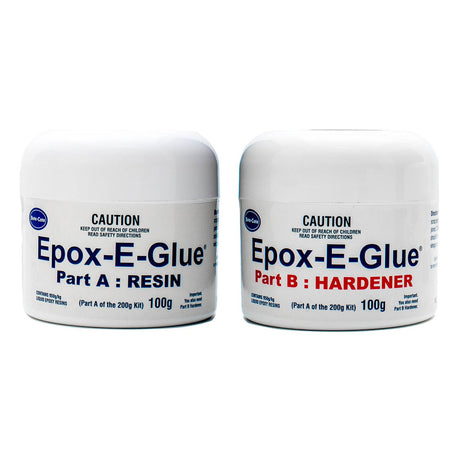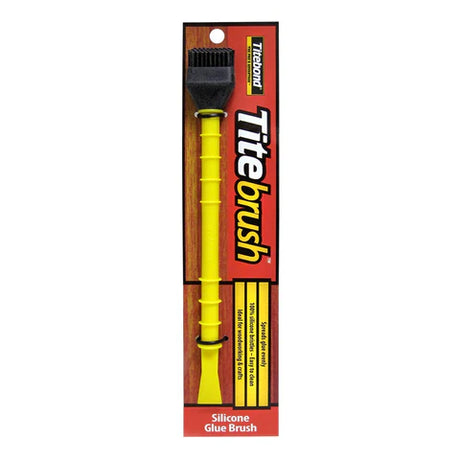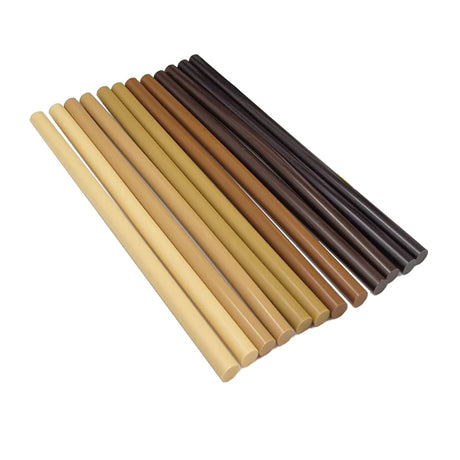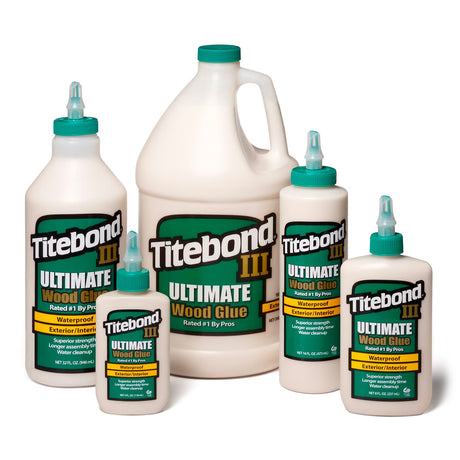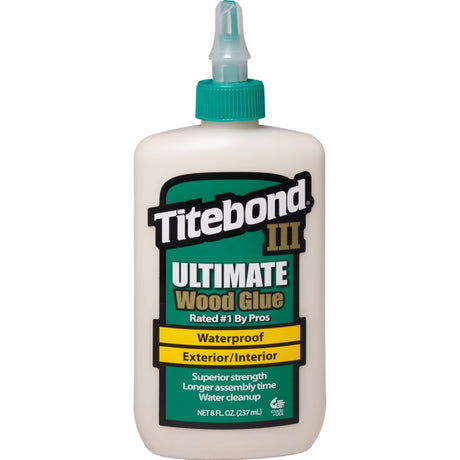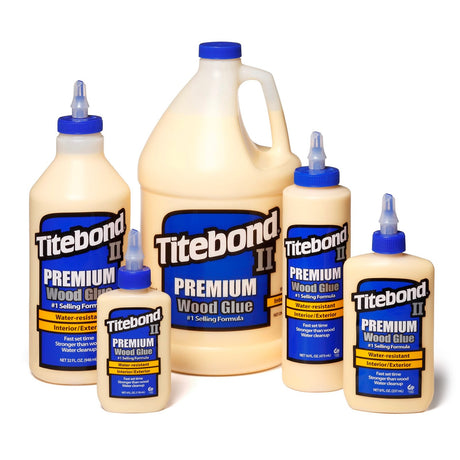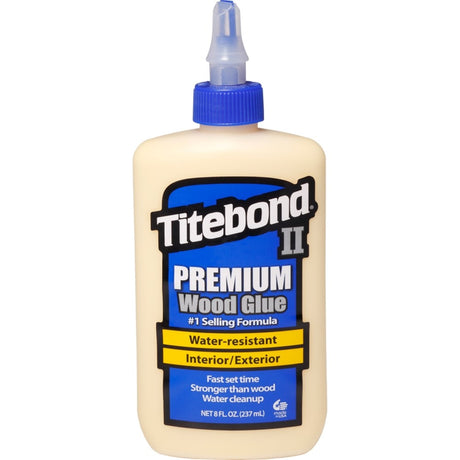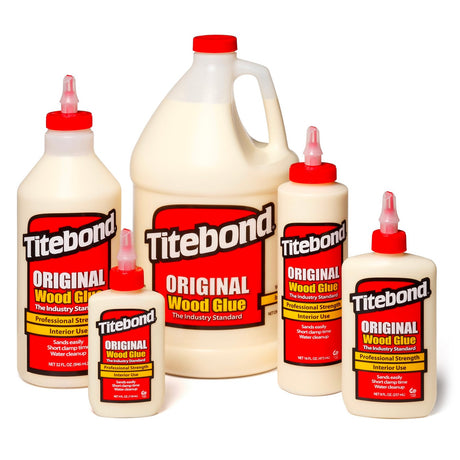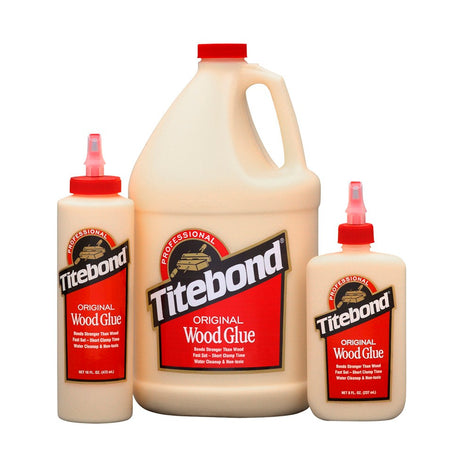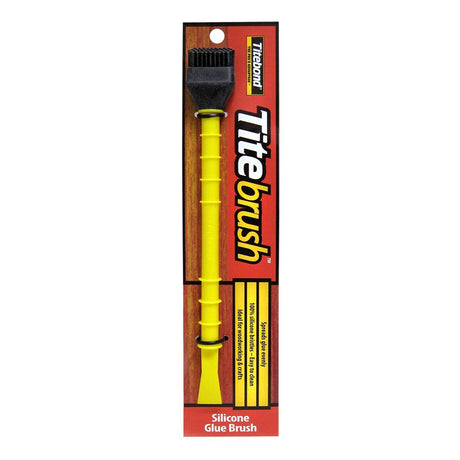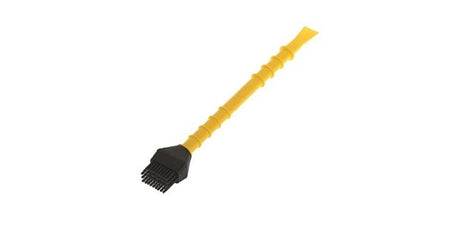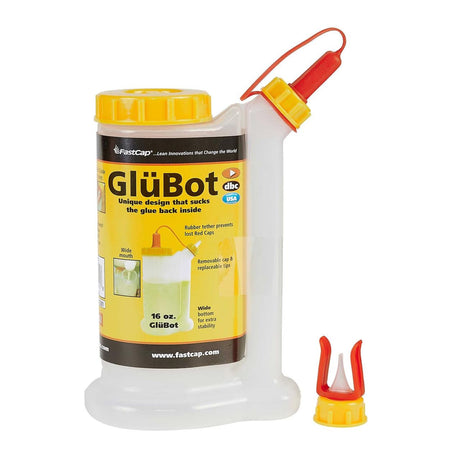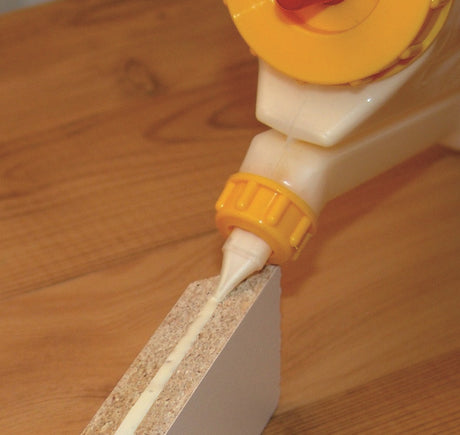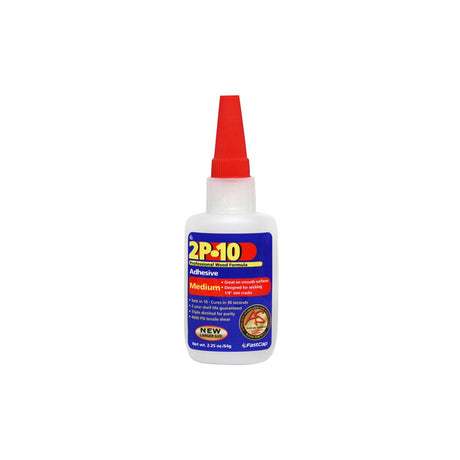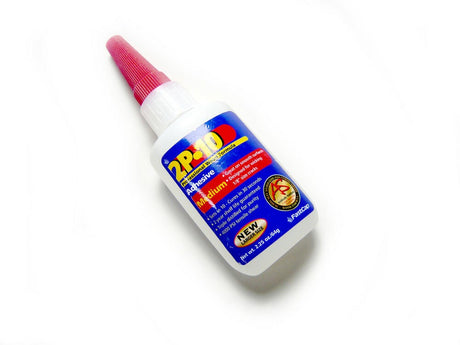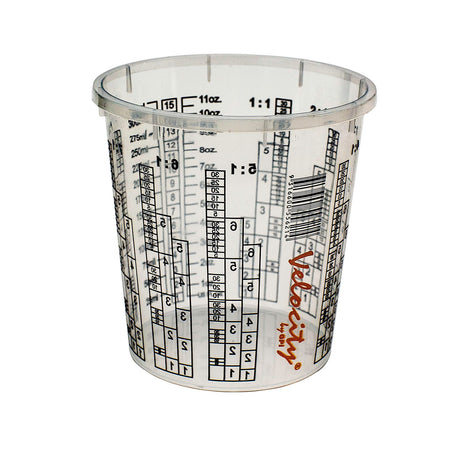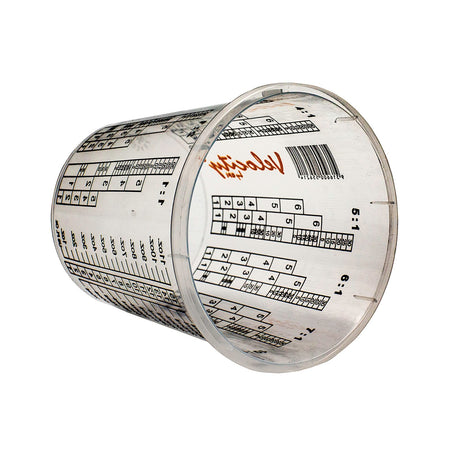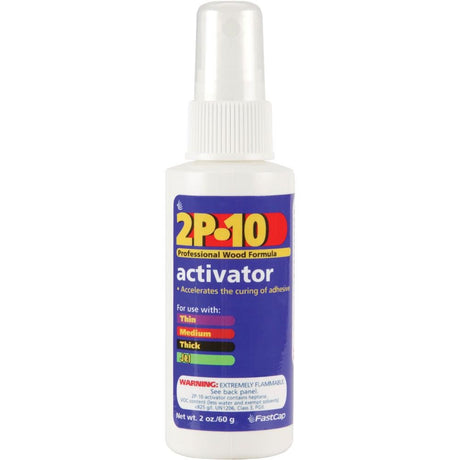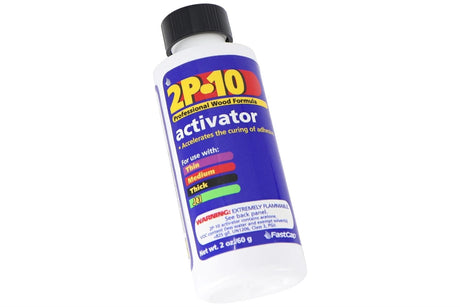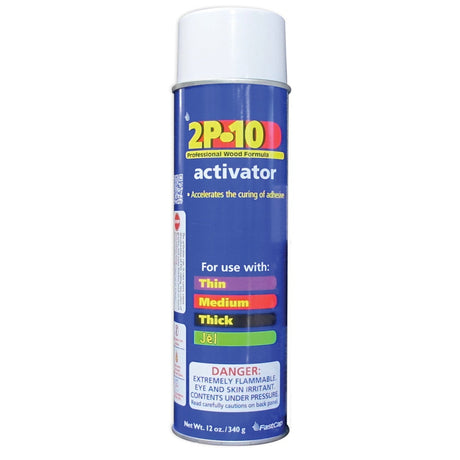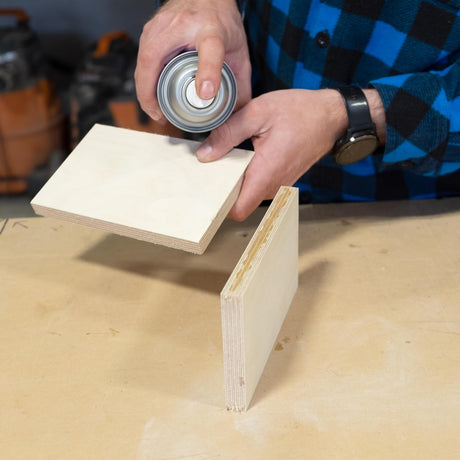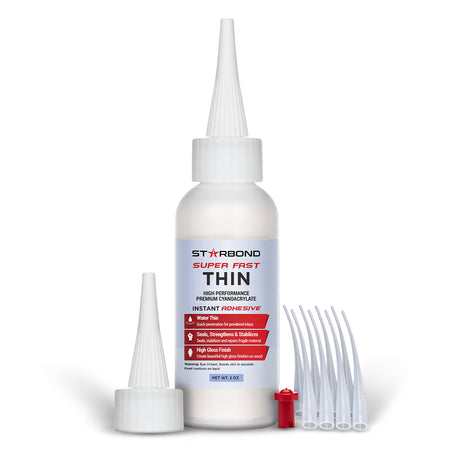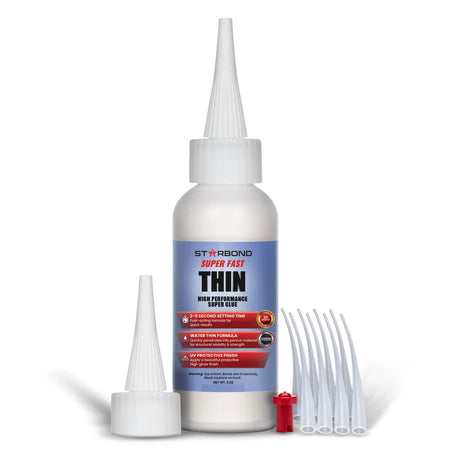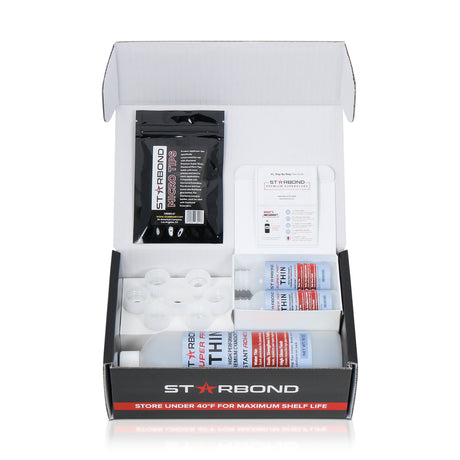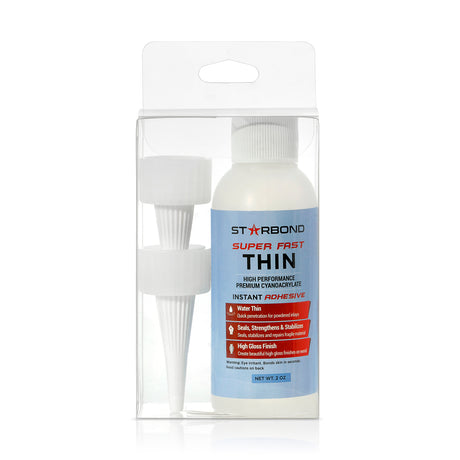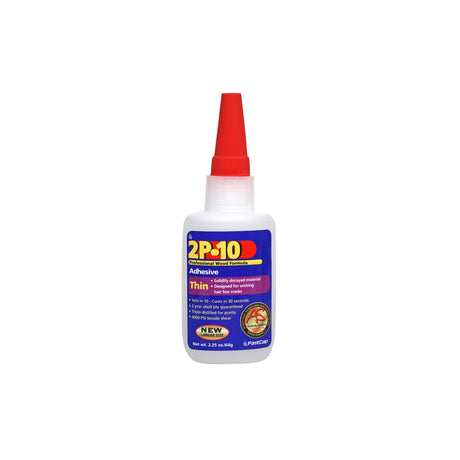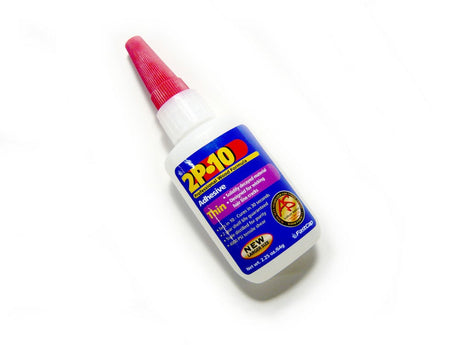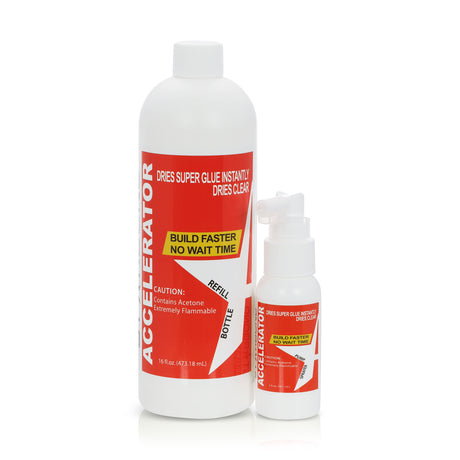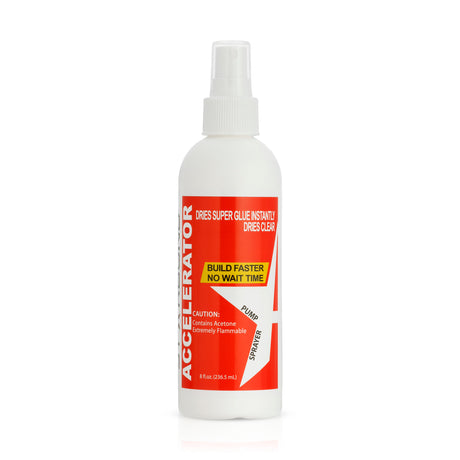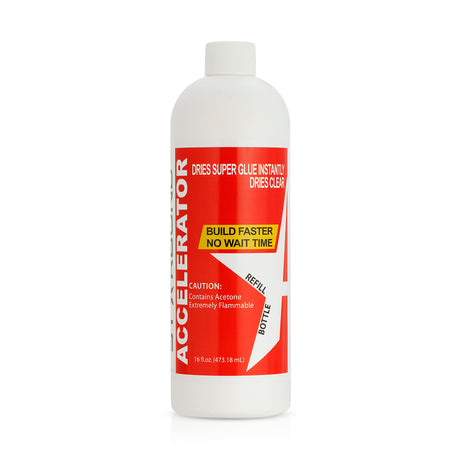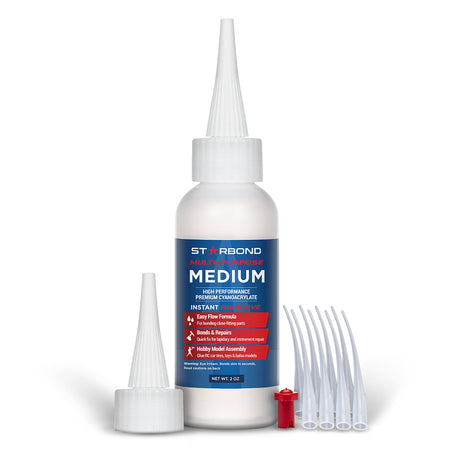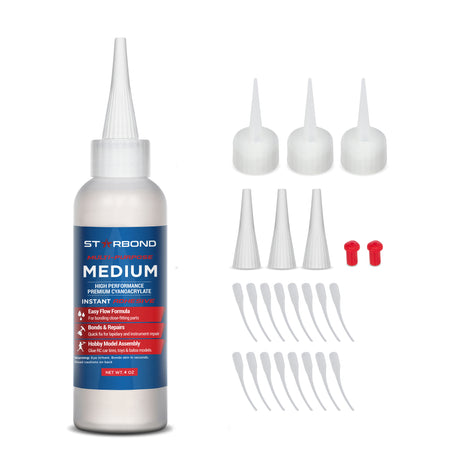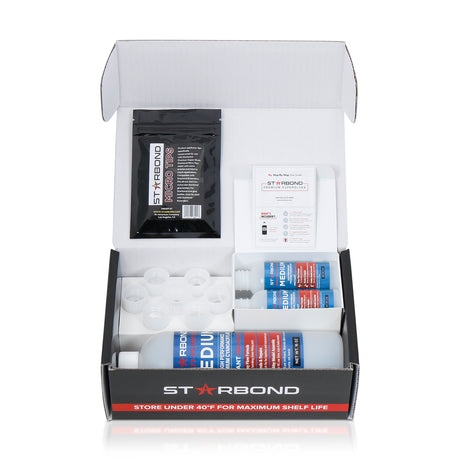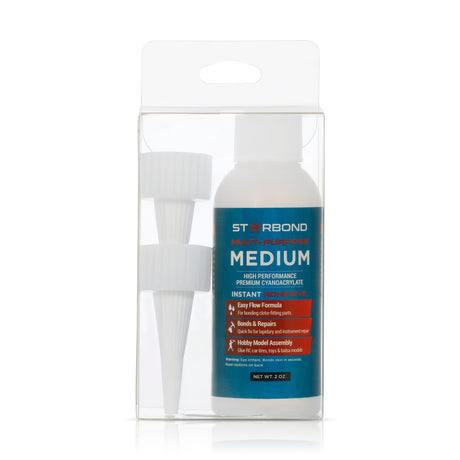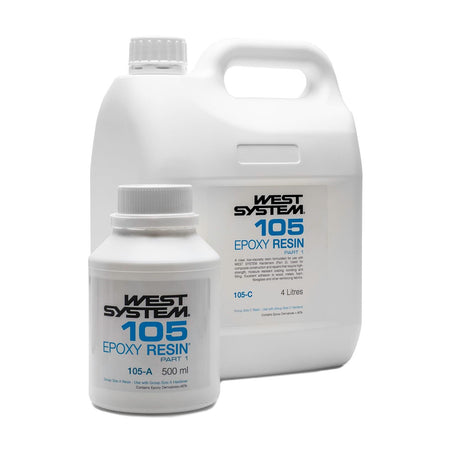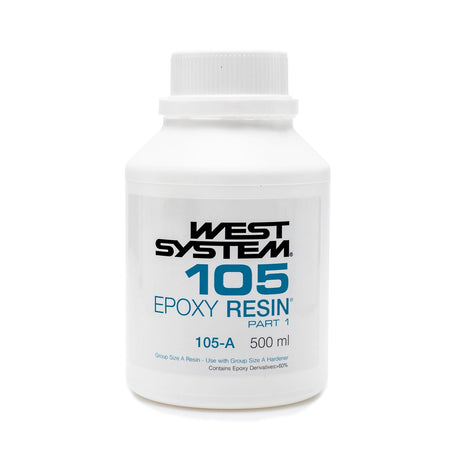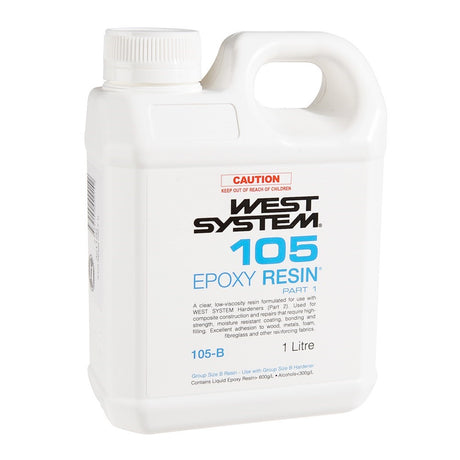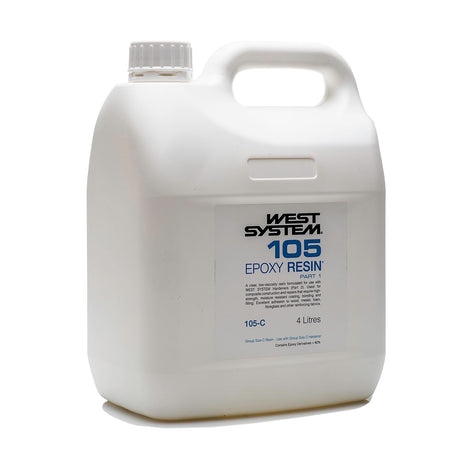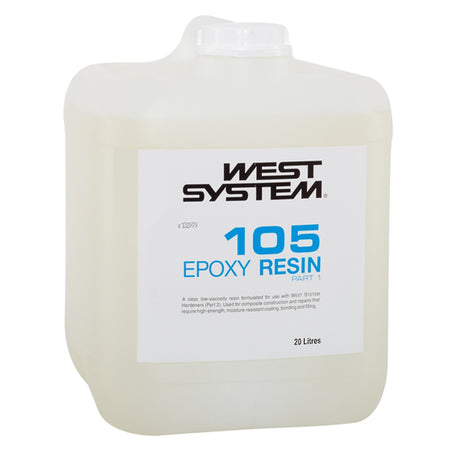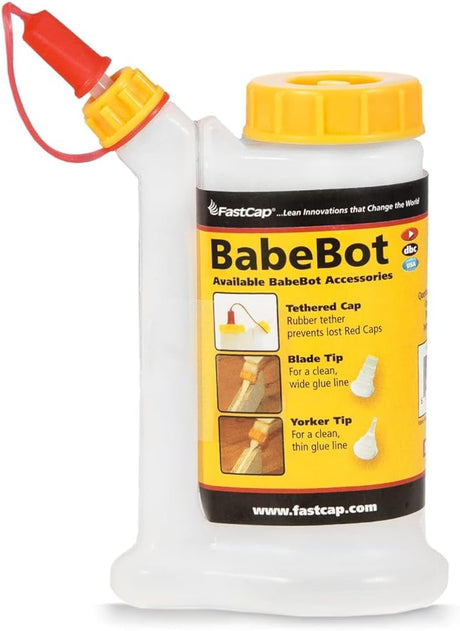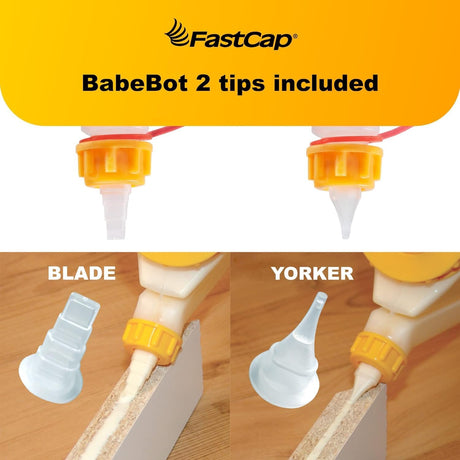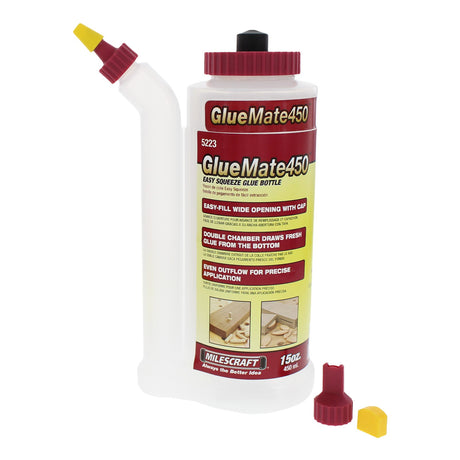Titebond
Titebond III Ultimate Waterproof Glue PVA Yellow Aliphatic Resin
From $16.50Unit price /UnavailableIn stockTitebond
Titebond II Premium Water Resistant Glue PVA Yellow Aliphatic Resin
From $13.90Unit price /UnavailableIn stockTitebond
Titebond I Original Woodworking Glue PVA Yellow Aliphatic Resin
From $8.90Unit price /UnavailableIn stockFastCap
FastCap GluBot Glue Pot Dispenser Bottle Non-Drip 448mL
From $17.50Unit price /UnavailableIn stockStarbond
Starbond CA Super Glue Accelerator Clear Drying
From $24.90Unit price /UnavailableIn stockWest System
West System 105 Epoxy Resin Part A High Strength Low Viscosity
From $44.90Unit price /UnavailableLow stock (10+ units)FastCap
FastCap BabeBot Glue Pot Dispenser Bottle Non-Drip 112mL
From $11.90Unit price /UnavailableIn stockMilescraft
Milescraft GlueMate450 Glue Pot Dispenser Bottle Non-Drip 450mL
From $11.90Unit price /UnavailableIn stock
Choosing the Right Wood Glue for Your Projects
Wood glue is an essential adhesive in woodworking, offering strong, durable bonds that are often stronger than the wood itself. Whether you are crafting furniture, repairing a joint, or assembling a large woodworking project, selecting the right wood glue is crucial for ensuring long-lasting results. The Wood Glues collection offers a variety of adhesives tailored to different types of wood and project requirements, providing reliable options for both hobbyists and professional woodworkers.
There are several types of wood glues available, each with its specific advantages. PVA (polyvinyl acetate) glues are commonly used due to their ease of use, strong bonding capability, and quick drying time. For outdoor projects, waterproof or water-resistant glues like polyurethane or epoxy are ideal, as they provide superior resistance to moisture and environmental conditions. For fine woodworking, hide glue offers a traditional and reversible bond, making it perfect for antique restoration and intricate joinery.
Using the right technique when applying wood glue is also important for achieving the best results. Ensure surfaces are clean, dry, and properly aligned before applying glue. Clamping the pieces together during the drying process helps to maintain strong, even pressure, resulting in a secure bond. Always follow the manufacturer’s instructions regarding drying times and application methods for optimal performance.
Explore the Wood Glues collection to find the perfect adhesive for your next project. Whether you need a quick-setting glue for a fast repair or a high-strength adhesive for a complex build, this collection offers the right solution to meet your woodworking needs.
FAQs
What are the different types of wood glue, and when should I use them?
There are several types of wood glue, including PVA (polyvinyl acetate) glue, polyurethane glue, epoxy, and hide glue. PVA glue is great for general woodworking projects, while polyurethane glue is waterproof and ideal for outdoor use. Epoxy offers high strength and gap-filling properties, perfect for complex assemblies, and hide glue is traditionally used for fine woodworking and restoration work due to its reversibility.
How do I ensure a strong bond when using wood glue?
To ensure a strong bond, make sure the surfaces to be glued are clean, dry, and well-fitted. Apply the glue evenly and use clamps to hold the pieces together firmly while the glue dries. It's also important to follow the manufacturer’s instructions on drying times and clamping pressure to achieve the best results.
Can wood glue be used for outdoor projects?
Yes, but it's important to choose the right type of wood glue. Polyurethane glue and certain types of PVA glue are designed to be water-resistant or waterproof, making them suitable for outdoor projects. These glues can withstand moisture and temperature fluctuations better than standard wood glue.
What is the difference between yellow glue and white glue?
Yellow glue, also known as carpenter’s glue, is a type of PVA glue that is slightly stronger and more heat-resistant than white glue. It dries quicker and forms a more rigid bond, making it ideal for woodworking. White glue, often used for general craft projects, dries clear and remains slightly flexible, making it suitable for paper and other lightweight materials.
How long does wood glue take to dry?
The drying time for wood glue can vary depending on the type of glue and environmental conditions. PVA glues typically set within 30 minutes to an hour, but full curing can take up to 24 hours. Polyurethane and epoxy glues may take longer to cure fully, especially in cooler or more humid environments. Always check the product instructions for specific drying times.
Can wood glue be sanded or stained?
Yes, most wood glues can be sanded once they have fully cured. However, some glues may resist staining, so it’s important to wipe off any excess glue before it dries to avoid affecting the wood’s ability to absorb stain. For the best results, choose a glue that is designed to be stainable or paintable if you plan to finish the wood afterward.
How do I remove excess wood glue?
Excess wood glue can be removed while it is still wet using a damp cloth. For dried glue, gently scrape it off with a chisel or a scraper. Sanding may be necessary to remove any remaining residue, especially if the glue has soaked into the wood grain. Taking care to remove excess glue before it dries is the best way to avoid extra cleanup.

